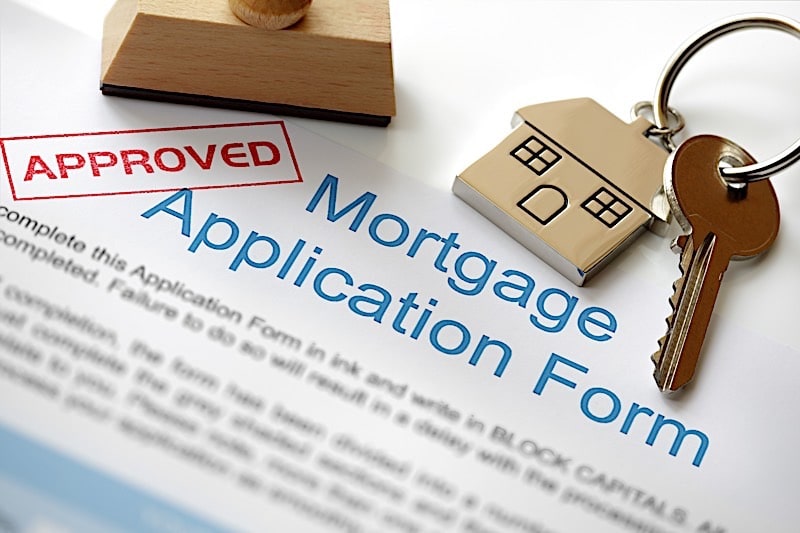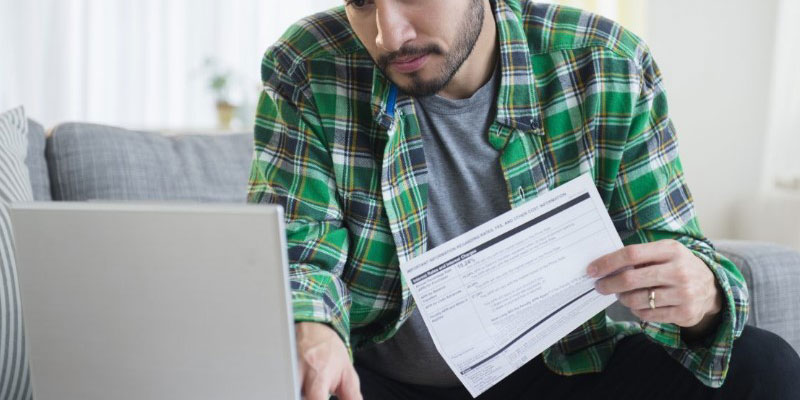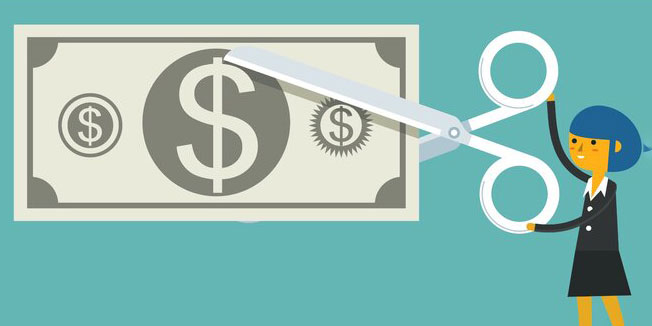How Does a Second Mortgage Work: What You Need To Know
A second mortgage is a secondary loan obtained while the original mortgage remains in place. In case of default, the original mortgage would get all the money from selling the property until it is paid off in full. Since the second mortgage isn't paid back until the first one is, the interest rate is usually higher, and the amount borrowed is less than what was borrowed for the first mortgage. The best way to figure out how much these costs will be is to use a mortgage calculator. A second mortgage is a loan that uses the equity in your home as security. This is one way for homeowners to use their equity.
How a Second Mortgage Works
How does it work to get a second loan? Most people get a home loan from a bank or another lender when they buy a house or other property. For the loan, the property is used as security. This loan is called a mortgage, and more specifically, the first mortgage. The borrower has to pay back the loan in monthly payments that include both the principal amount and the interest. As time goes on and the homeowner makes their monthly payments on time, the home's value also increases.

Home equity is the difference between how much is still owed on the mortgage and how much the home is worth on the market right now. A homeowner may decide to use the value of their home as collateral to get money for other things or projects. Since they already have a first mortgage, the loan they get based on the value of their home is a second mortgage. The second mortgage is a one-time payment made to the borrower at the beginning of the loan.
Second mortgages must be paid back over a set period at a fixed or variable interest rate, depending on the loan agreement signed with the lender. Before the borrower can use the equity in their home to get another mortgage, they must pay off the first one.
Getting a Second Mortgage with A HELOC
With a home equity credit line, some people get a second mortgage (HELOC). A HELOC is a line of credit that is backed by the value of the home and can be used more than once. The HELOC account works like a credit card account in that you can only borrow up to a certain amount and earn monthly amounts based on how much you still owe on loan.

As the amount owed on a loan goes up, so will the payments. But generally, the interest rates on a HELOC and a second mortgage are lower than those on credit cards and other forms of unsecured debt. Since the first mortgage, also called the purchase mortgage, is used to buy the house, many people use second mortgages to pay for big expenses that they might not be able to pay for otherwise.
Second Mortgage Requirements
You need to meet a few financial requirements to get a second mortgage. You'll need a credit score of at least 620, a debt-to-income ratio of at least 43%, and some equity in your first home. Since you are using the equity in your home to pay for the second mortgage, you will need enough money to not only pay for the second loan but also keep about 20% of the equity in your home in the first mortgage.
Different Kinds Of Second Mortgages
Borrowers can choose between home equity loans and home equity lines of credit when getting a second mortgage. Here are some ways to get the money you need.
Home Equity Loans
A monthly payment is set for a home equity loan. You get the whole amount at once and pay it back with interest over time. Use Bankrate's home equity loan calculator to figure out if getting one is a good idea for you.
Line Of Credit On A Home's Equity
You can also use the value of your home when you have a HELOC, but you only pay interest on the amount you borrow. This is a good option if you don't know how much equity you want to borrow from your home. Find out if this is a good idea for you by using our HELOC payoff calculator.
In Conclusion
If you qualify, a second mortgage can help you pay for major home repairs and upgrades, a down payment on a second home, or your child's college tuition. They can also help you get out of debt by using the money from the second mortgage to pay off other debts that may have had even higher interest rates.








